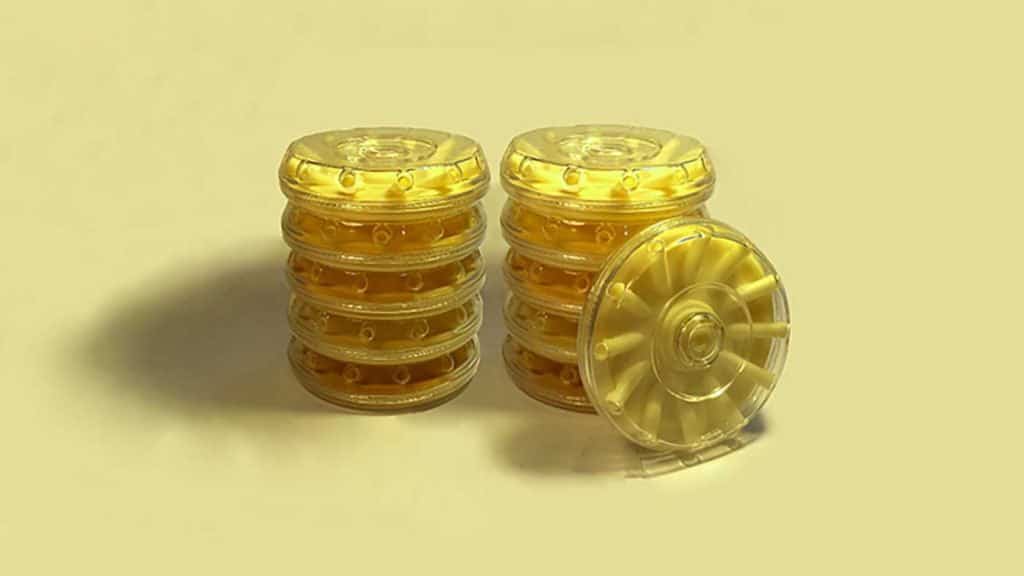The global village is increasingly sensitive to the problem of pollution due to our mobility choices and is leading us towards a future of electric transport.
It would be a “back to the future,” to be honest. Many know that the first electric vehicle was developed shortly after 1830, but only now are we able to have a range of action and recharge times suitable to beat (and soon undermine) the competition of oil vehicles. Today's best electric cars are there, still huffing and puffing away, with a range of over 400 kilometers and just a few hours (hours!) of overnight charging. What if I told you “aluminium-air batteries”?
Now electric cars could hit the jackpot and defeat the polluting enemy, after more than a decade of resisting, thanks to the work of an English inventor: metal-air batteries.
Trevor Jackson, a naval engineer who recently became an entrepreneur, has developed a battery that is "exchangeable" like a gas cylinder, which must be replaced every 2500 km (more or less 3 times a year, perhaps less, for city use).
Jackson invested several million euros for start producing this battery on a large scaleand Austin Electric, the company that took over the old Austin Motor Company brand, will begin integrating them on thousands of electric vehicles next year.
“It can help accelerate the next industrial revolution,” says Danny Corcoran, the CEO Austin. "The advantages of air batteries over traditional electric batteries are enormous."

No more refills, no pollution
Jackson began looking for environmentally friendly alternatives to power vehicles during his work at BAE Systems. In 2001 he founded his company, Métalectrique Technology. The same year he began to explore the potential of aluminum-air batteries to power cars.
Aluminum-air batteries
This is a technology developed in the 60s: Researchers discovered that by immersing aluminum in an electrolyte they stimulated a reaction between the metal and oxygen that produced electricity. For the time the method was not sustainable, because it required 100% pure aluminum and the electrolyte used was extremely toxic and caustic. They were, in other words, batteries of the future.
After years of trying and experimenting, the turning point came: a new electrolyte formula that can also work with less precious aluminum (to be clear, even with cans of drinks), and moreover neither caustic nor polluting.
When I say "neither caustic nor polluting" I mean that to prove the point to some investors Jackson drank it in front of everyone.

Market resistance
Today the automotive industry which aims forelectric car has invested heavily in lithium-ion battery technology. Yes, there are improvements in efficiency and charging times, but recycling to recover lithium and cobalt is very expensive (disposing of one costs as much as producing 5).
Technically, Jackson's is not an air battery but a fuel cell, because the aluminum is broken down to release energy. Aluminum is the most abundant metal on the planet, though, and once an air-aluminum fuel cell is used up, it can be recycled very cheaply.
2500 kilometers of autonomy
Tests already carried out say that Jackson's fuel cells produce 9 times the energy of lithium ion batteries for the same weight. If Tesla's flagship, the Tesla S, had one of its aluminum air batteries could travel undisturbed for 2500 kilometers: practically from Rome to Kiev without ever stopping. A quick change of battery (only 90 seconds) and off the yarn to Syria.
Or more simply you could use it every day without worrying about charging it and exchanging it every 3 or 4 months, taking the old one back to the supermarket, as if it were a "returnable" one.
Costs? Inferior to those of oil!
And here comes the fun part. The economic side is all in favor of aluminum-air cars: batteries change the costs of fuel, management and recycling. For the respective cars it is € 4,8 per km traveled against € 9.
An all green future
The Austin traction Jackson has planned many interventions in the transport sector. From cars to electric bikes, passing through the classic Tuk Tuk intended for the Indian market.
The best news is that the company is about to launch conversion kits to transform normal cars into hybrids with air battery and normal tank.


